5 Things You Need to Know About Cupid
Cupid is the ancient Roman god of love and the counterpart to the Greek god Eros. It’s him who inspires us to fall in love, write love songs...
Valeria Kumekina 14 June 2024
Welcome to Art History 101! Here we’ll get to “oh“ and “ah” over iconic art that has shaped human ideas and thinking for centuries as we travel through artistic periods and wonderful works of art.
But, wait! What are all these confusing terms, you ask – Classical, Neoclassical, or Pre-Raphaelite? What does Gothic, or Fauve, or Dada mean? Not to worry! Here at DailyArt Magazine, we’ve got you covered. In this class, we will be covering a lot of ground. So, sit back and read on for a brief trip through art over the centuries, starting with the earliest art we know.
Art is a word that means different things to different people. Is art’s purpose mainly utilitarian? Or is it decorative? Does art exist as a form of self-expression, or to fulfill a need? Is art only when it is beautiful? Or, is there a place for art that is shocking and thought-provoking?
To attempt to classify art into clear-cut periods is a tricky endeavor. But, classifications can help us understand the ideas that shaped the work of artists at any given time. Broadly speaking, we can travel through art in several periods:
This includes several centuries worth of work! Basically, all art produced before the advent of writing can be included in this category. Much of the art of this period was created with a specific function in mind. Many times, these aims had an underpinning of magic. Artists, and their communities, believed these objects to be infused with power that helped organize nature.
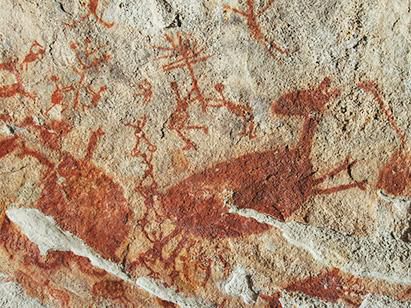
Read our article about the Lascaux cave where the most famous prehistoric wall paintings were preserved!
Mesopotamia is called the cradle of civilization, with good reason. It was in the Fertile Crescent where the development of agriculture helped our first ancestors settle down into communities. Artists in this region did not have a lot of stone at their disposal, so they adapted to also use clay and bricks.
The themes vary from religious to militaristic. Sculpture and architecture played a big role, as kings used these mediums to establish their importance and power.

Intrigued? Read more here about a masterpiece of Mesopotamian art – Striding Lion from Ishtar Gate.
This category almost needs no explanation. Egyptian art holds a special fascination in the public’s eye, maybe because it was intended to last forever. The Egyptians’ belief in the Afterlife influenced many of their daily activities – particularly their art – which was monumental and solid so that it could stand the test of time.
Art in Egypt had a religious and magical purpose. Its common themes are the cycles of life, the roles of the Gods, the roles of the King, and life after death. The colors used are bright and vivid. We can immediately recognize a work of Egyptian art because of the formulaic presentation of the human figure in frontal view, with the head in profile. There will usually be writing, as well, in the form of hieroglyphs.
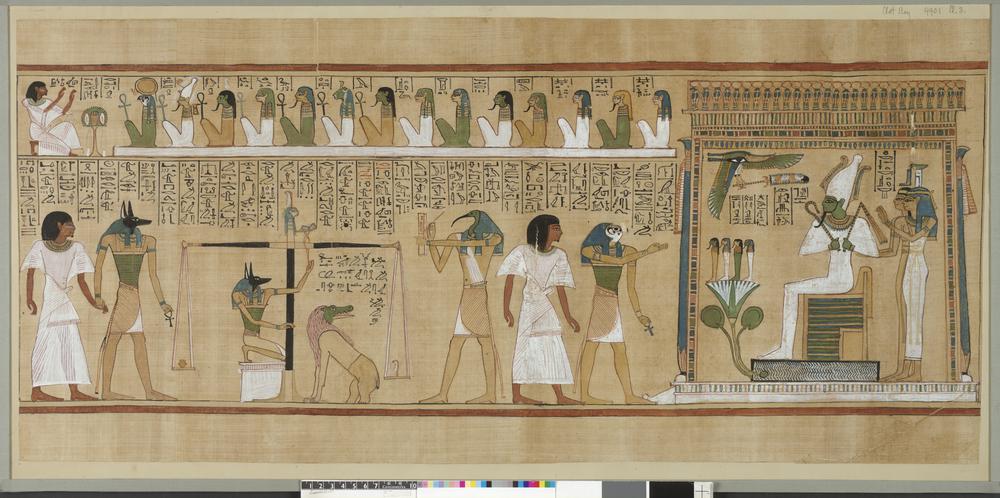
Do you love Egypt? Then don’t miss our piece on ancient Egyptian cats!
You must also know the bust of Nefertiti – here’s our explanation of her phenomenon in European culture.
Greece presents a very interesting point in the history of art. Here, the old formulas of representing nature and the human figure that the Assyrians and Egyptians had used, begin to change. For all of the peoples of Hellenic descent, it became important to portray the world as accurately as possible. It is here that we begin to see foreshortening, which was a major breakthrough in the realistic depiction of depth and perspective. In their quest for the ideal of beauty and perfection, the Greeks were able to achieve a high level of naturalism that influenced European art even today.
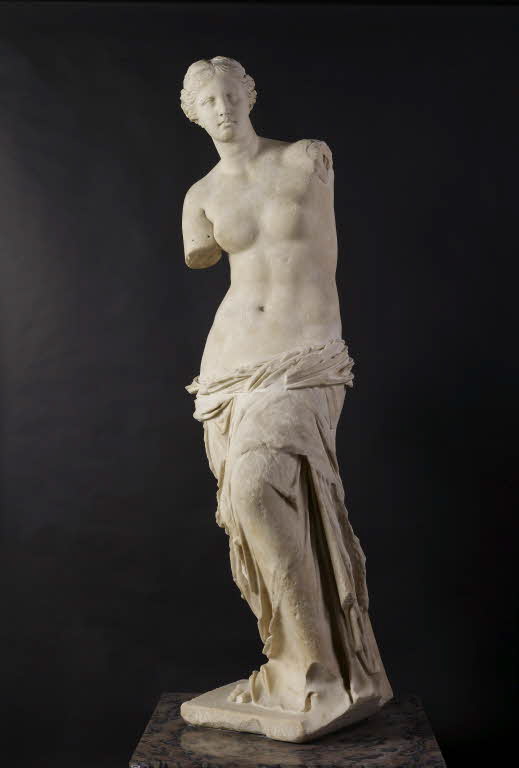
Fascinated by Socrates’ fellows? Here are six ancient Greek sculptures everyone should know!
Romans had a fascination with Greece. So much so that many of the works we now identify as Greek have come to us as Roman copies of a Greek original. Rome’s greatest achievements are perhaps in the area of civil engineering. However, a very unique innovation of Roman art was the creation of lifelike portraits. Greeks were concerned with perfection and idealized beauty; Romans, always pragmatic, portrayed their subjects true to life.
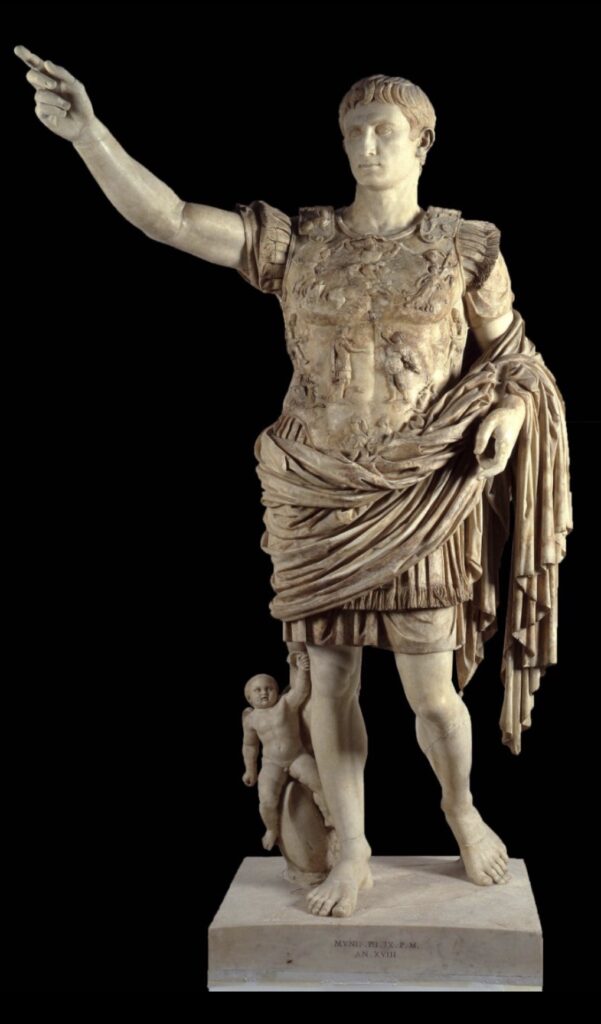
Ancient Romans were more relaxed about the sphere of sexuality than we think. See it for yourself here.
While the Western Hemisphere was undergoing all the great transformations brought about by the Greeks and Romans, art in India had flourished into a very distinct style. It would be impossible to summarize all the great artistic manifestations, and the different dynasties that brought them about. But, a very well-known symbol of Indian art, the Lion Capital of Ashoka, has also been adopted as the emblem of India, and it showcases how intricate the art, and how highly specialized were the craftsmen in this part of the world.
Art themes are, traditionally, religious and mythological in nature. Around the 2nd century CE, we first see the figure of Buddha in the reliefs at Gandhara, which became models for later Indian art.
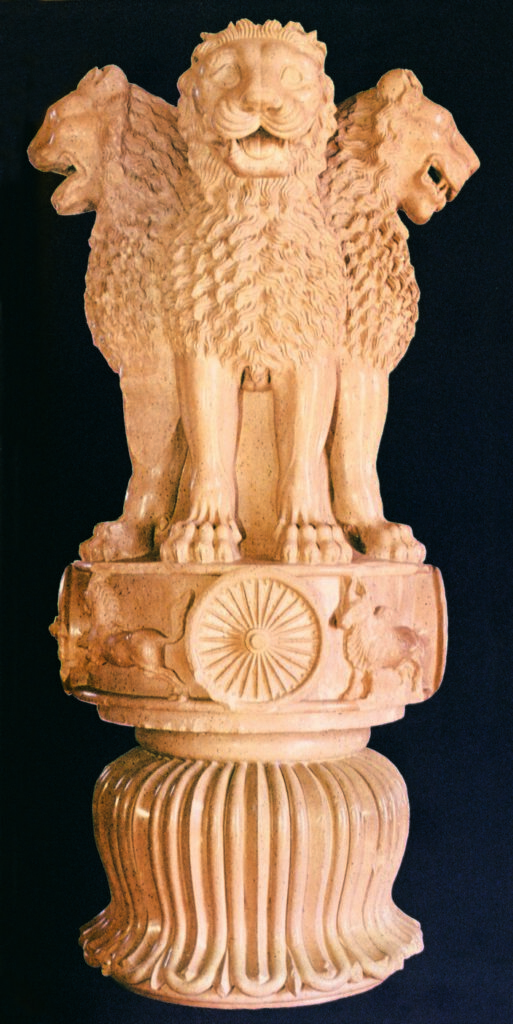
Read about India’s most famous monument – Taj Mahal!
Emperor Constantine established Christianity as the official religion of the Empire in 311 CE. This event propelled the Church into a position of power, so it is not surprising that so much of the art of this period was made with religious purposes.
To our modern eyes, art during this period seems to have actually regressed from the heights of Greek classicism, into portrayals that seem stiff and skewed. The reason may have been the Church’s great emphasis on clarity in the representation of all objects. In this case, the purpose was to simply and effectively communicate a religious message.
It is also important to mention that during this time a great controversy occurred in Europe between the two branches of the Church, Eastern and Western, and it had a lot to do with the purpose of images. The Western church, based in Rome, rejected images of a religious nature, deeming them idolatrous. Meanwhile, the Eastern church believed that images – icons – could be holy, and assist in worship. Both belief systems generated different stylistic approaches that are still reflected in the church today.
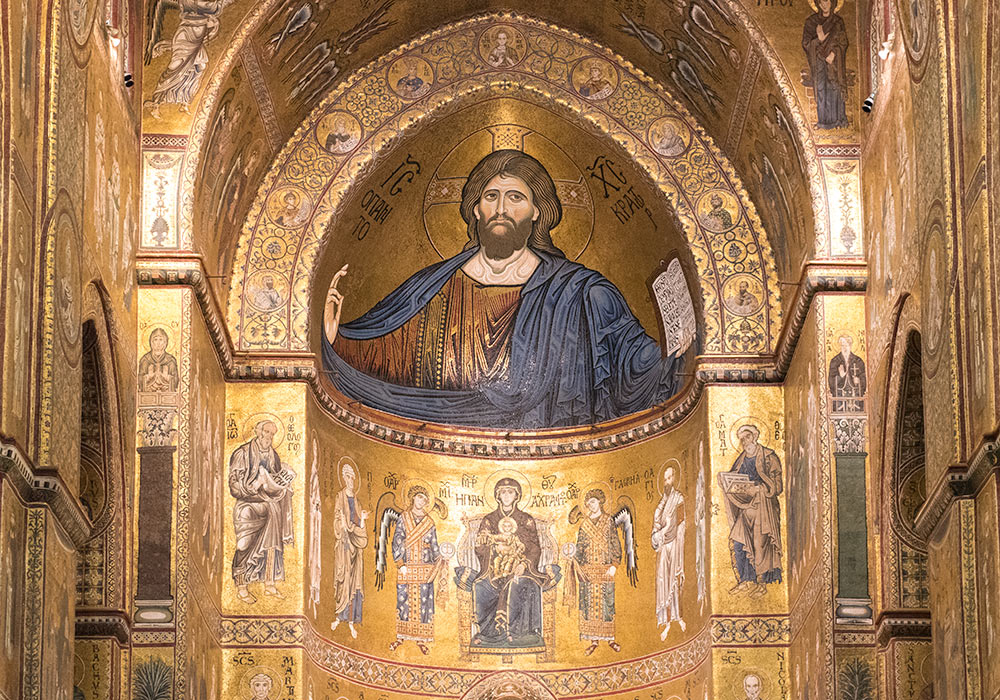
Without a doubt, the most valuable treasure of Byzantine art are the San Vitale mosaics depicting Emperor Justinian and Empress Theodora.
During the 7th and 8th centuries CE, the religion of the Muslim conquerors swept the world from the Middle East to Spain. Islam was also very rigorous regarding the matter of images, not allowing any representation of human religious images. Artists turned to intricate geometric patterns and forms, and subtle lacework ornamentation known as arabesques.
Later, artists in Persia and also in India, under the Mughal rulers, illustrated romances, histories, and fables, full of detail and craftsmanship that show the mastery of their skill.
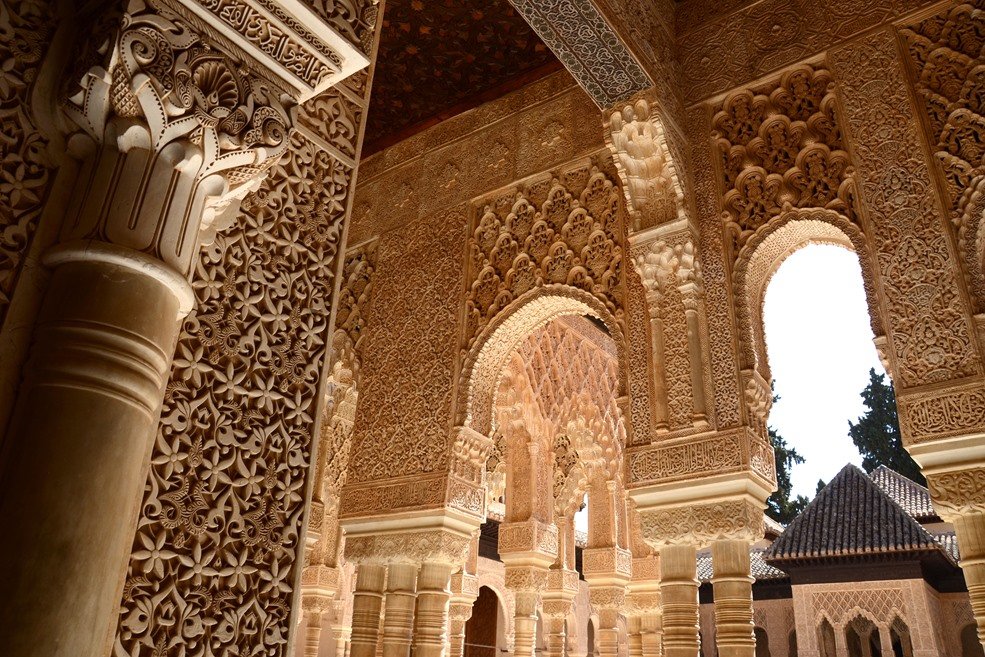
Check here the most beautiful mosques in the world! And here you can discover the finest Qurans!
We know little of the beginnings of art in China. But, by the time China and Europe came into contact, most of the elements that we associate with Chinese art – dynamism, movement, curving, organic forms – had already developed. Another important facet of Chinese art was its purpose in reminding people of virtuous examples from the past, in the spirit of Confucianism.
After Buddhism entered China in the 1st or 2nd century CE, it became a great influence to all aspects of Chinese art. Buddhism, with its emphasis on meditation, introduced a whole new reverence for the artists and their achievements. Artists employed art much less to tell the stories of the Buddha, and more as aids towards reverence, contemplation, and deep thought.

Get to know more about the Chinese traditional painting here!
The Middle Ages were a long and confusing time of invasions and raids. Many different groups flourished throughout the landscape of Europe, without any true unifying style. However, monasteries thrived and, within their walls, men and women cultivated art and learning.
One of the greatest artistic achievements of this period came in the preservation of knowledge and the illumination of manuscripts. The examples that have survived are proof that those artisans were very skilled and had quite a unique point of view.
Religious art during this period still hoped to be didactic in nature, focusing exclusively on the pious message of the work. There was also secular art intended for the barons and feudal lords. Since castles were so frequently destroyed in raids during this time, not many examples have survived. Those which remain are memorable in their own right, such as the Bayeaux Tapestry.
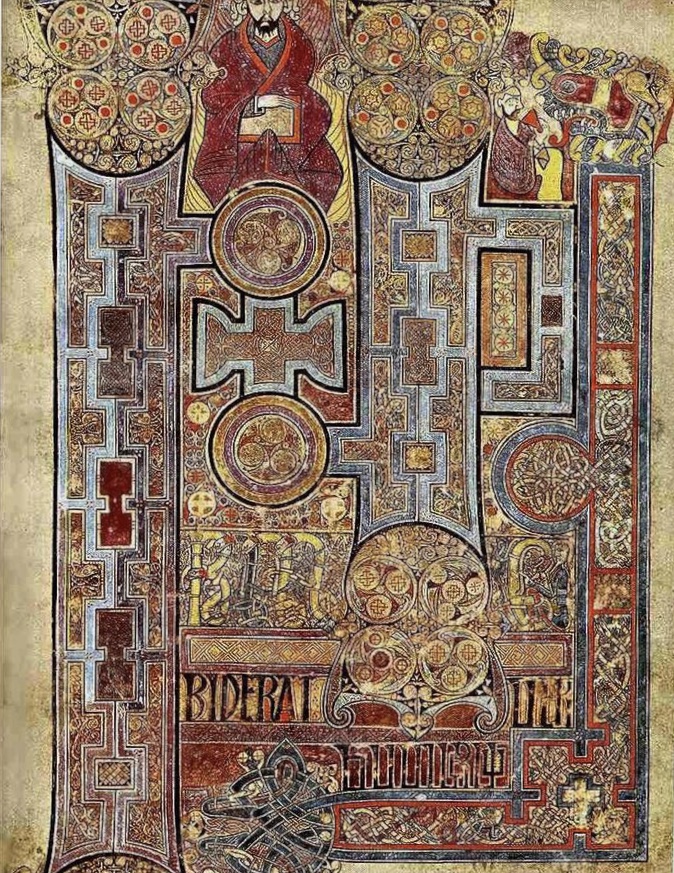
See these beautiful tapestries with unicorns, they could only be created in the magical Middle Ages!
Gothic art was an evolution of medieval art, but the term itself was never used until much later, during the Renaissance. The art form most closely associated with this time period is architecture, with the construction of magnificent, ever taller cathedrals.
These magnificent churches could be built thanks to the development of several brilliant innovations like vaulted ceilings, and flying buttresses. They were heavily decorated with sculptures and reliefs of all kinds, as well as stained glass. It was also during this period that frescoes began to gain popularity.

The Renaissance, as such, began in Italy as a revival of the greatness that was Rome. It had a distinctly humanistic bent as artists, scholars, and scientists attempted to revive all the advancements of the earlier classical period. Knowledge flourished in all fields, and we feel the consequences of this rebirth even today. So much so that, whenever we encounter a person who loves learning and knowledge, and seems to be well-rounded in most aspects, we say he or she is a “true Renaissance person.”
The Church was still a strong patron, but art was also created for lay people. Portraiture saw a great growth during this time. The subjects were no longer simply religious, but also mythological themes from Greece and Roman antiquity. Paintings were not confined to human subjects, and still lives and allegories also saw great popularity.
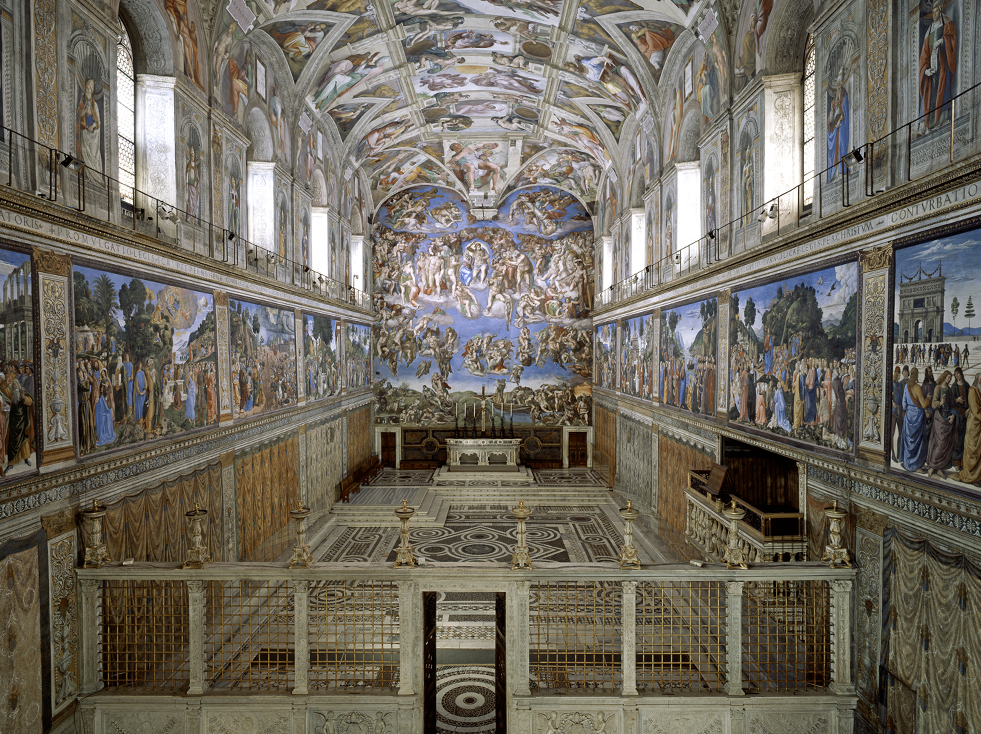
Would you like to know more about Italian Renaissance? Check our brief guide.
The Baroque period roughly corresponds to the 17th century, and one of its important driving factors was the Reformation and the Counter-Reformation in the Church. In late 1517, Martin Luther posted his Ninety-five Theses to the door of the Wittenberg Castle Church. This act began what is known as the Reformation, which resulted in the birth of Protestantism. In turn, the Counter-Reformation began within the Catholic Church, who encouraged art with a religious theme. This art communicated drama, exuberance, and great emotion.
The Baroque manifested a little differently in every country, depending on their social, economical, and political climate, but there are a few common points: a proliferation of landscape and still life painting, theatrical light and the use of chiaroscuro, paintings that show very dramatic and emotional moments, and biblical stories depicted in everyday settings.

Hungry for more knowledge about Baroque art? Here are some yummy paintings from 17th century Spanish pantries, called bodegón.
Neoclassicism, or the revival of the classical past, occurred during the 18th century, around the time of the Enlightenment. Another great impetus for Neoclassicism was the renewed interest in archeology that arose during this time, including the discovery and excavation of the ruins at Pompeii and Herculaneum.
Art from this period lost all of the drama of the Baroque and returned to more stately, dignified poses in accordance with classical ideals. There was a proliferation of mythological, Greek, and Roman backgrounds, dresses, and themes.
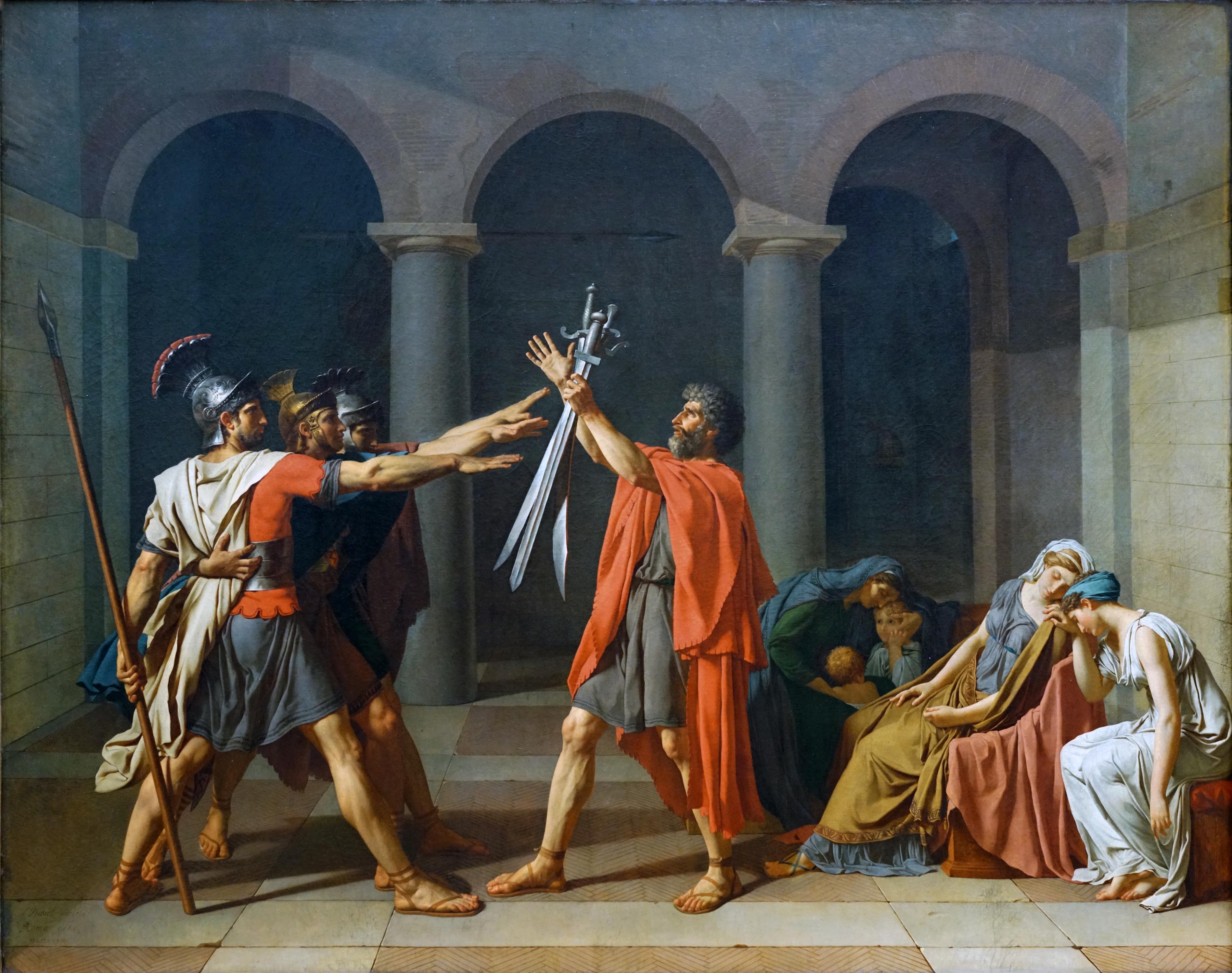
Meet the most important artist of the Neoclassical period – ladies and gentlemen, Jacques-Louis David!
During the 19th century, the Industrial Revolution completely altered the way of life. Many villages grew into crowded industrial centers, and workers at factories could go for days without seeing the light of day. Romanticism was born as a yearning for a more beautiful past where people lived quieter, less-hurried lives, and before nature was destroyed by technology.
Romanticism was also a reaction to the ideas espoused by the Enlightenment, which placed an emphasis on the reason above all things. The Romantics did not think that science, reason, and empirical evidence were the only way to find answers to the mysteries of life. Emotion, imagination, and intuition were celebrated instead, and there was a glorification of nature as the greatest teacher of all.
In Romantic art, nature plays a predominant part, with the sky taking up most of the composition in very atmospheric backgrounds. The brushstrokes are loose and visible, and the scenes can be dramatic or even horrific.
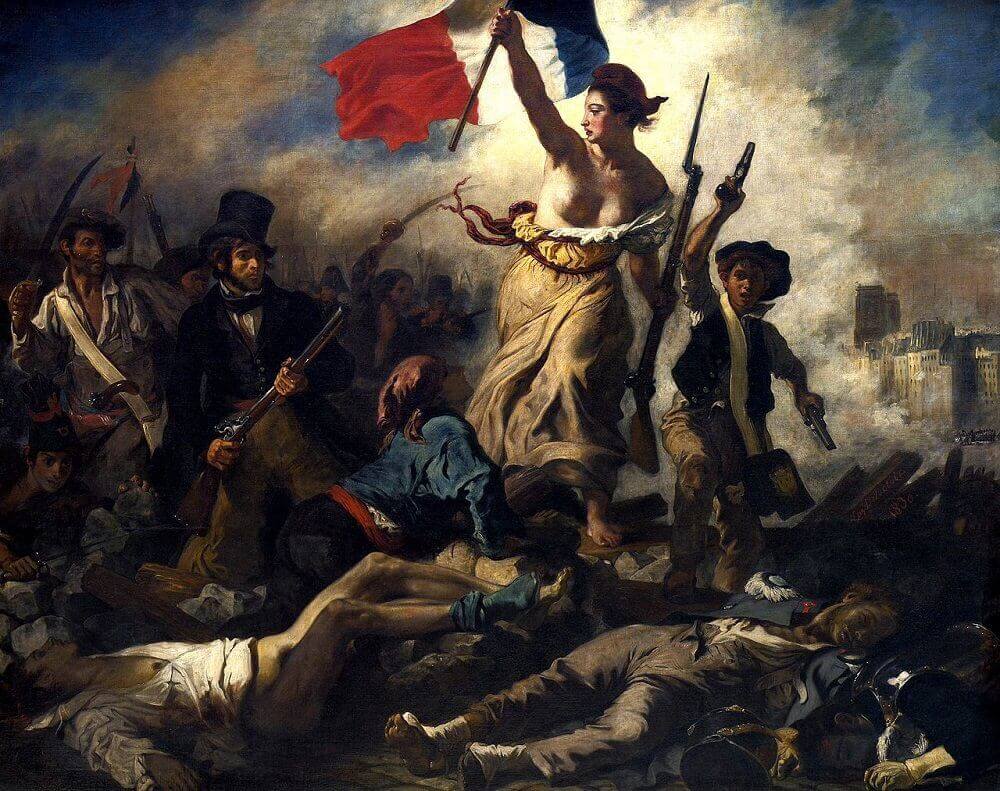
Romanticism erupted widely in European art of the 19th century, almost like a volcano!
Realism appeared in France after the revolution of 1848. Artists were trying to represent the circumstances of life as they really were, and without the heightened sense of emotion of Romanticism.
For the first time in the history of art in Realism, the subjects were working-class people doing their everyday jobs. Instead of looking to glorified settings of the past, Realism preferred contemporary settings and showcased them as worthy subject matter for art.

One of the masters of Realism was Gustave Courbet. Take a look at some of his scandalous nudes.
The Pre-Raphaelites were a secret society of young English artists. They opposed the Royal Academy’s promotion of the work of Raphael as the artistic ideal. They were also inspired by the writings of John Ruskin, who encouraged finding inspiration in nature. The Pre-Raphaelites tried to portray subjects in a realistic way, and not in the idealized manner of the past.
Themes are biblical, mythological, and medieval stories depicted as naturalistically as possible.

The Pre-Raphaelites were not only a boy’s club, here is the Pre-Raphaelite sisterhood!
The first photograph was taken in 1826. This event marked another turning point for art. If pictures portrayed people and places exactly as they were, paintings were no longer the only medium to represent reality. How should art respond?
Impressionism was the first art movement that presented work that appeared, as the critics said, unfinished. But, in fact, Impressionist artists were hoping to depict modern life in a way that had never been done before. They hoped to capture light, and movement, as they were perceived, not in an idealized way.
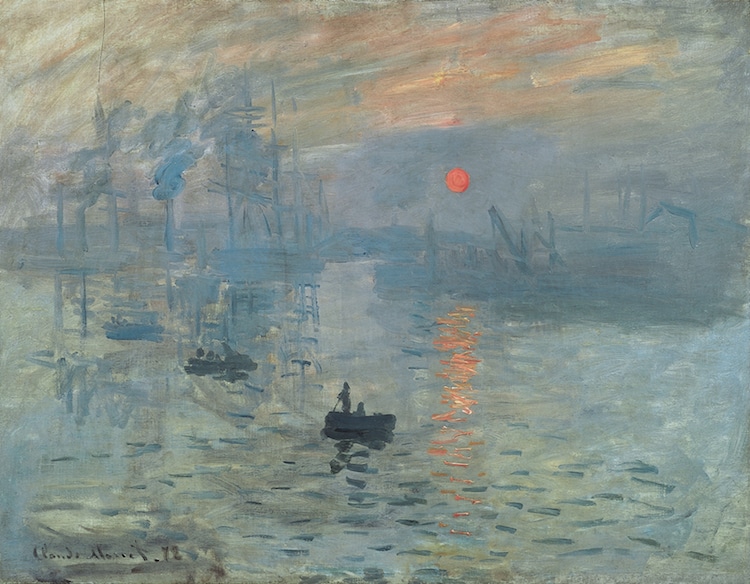
If you would like to master your knowledge of Impressionism, we encourage you to try our DailyArt course!
During this period, artists continued to depict the same subject matters, showcasing the life of the urban middle class, also favoring outdoor scenes like beaches and landscapes. But, instead of employing the vague, almost fuzzy outlines of Impressionism, the unifying characteristic of this style is a heavy, strong outline that emphasized form.
The Pointillism of Georges Seurat and Paul Signac is a branch of Post-Impressionism.
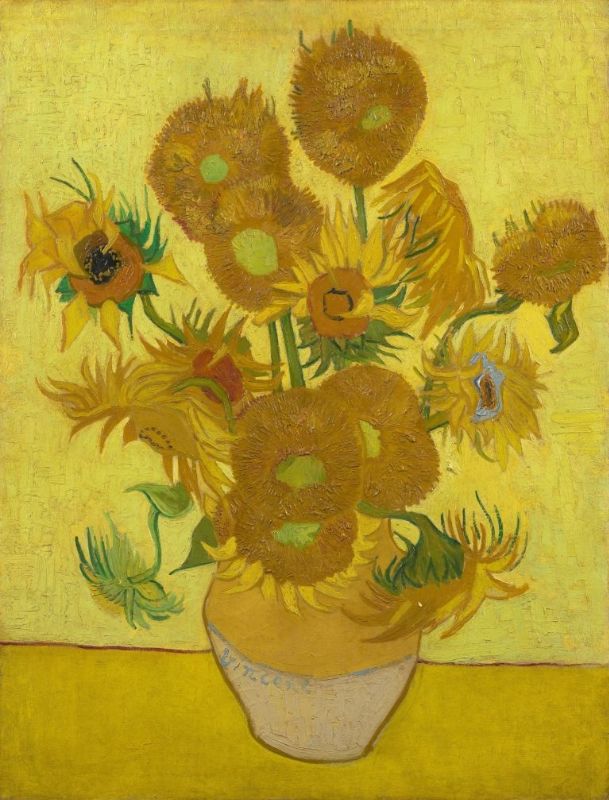
Check how Vincent van Gogh, probably the most renowned Post-Impressionist copied other artists!
Art is reactionary in nature. Symbolism was born as a reaction to the world depicted in Impressionism, Realism, and Naturalism. Around this time, in the late 19th century, Freud was also developing his theories of psychoanalysis that would change the field of psychology. This was the first theory to focus on the unconscious and the desires that drive our actions.
Symbolists responded to all these stimuli by turning to the imagined world of dreams and mysticism. Common themes were those of love, death, mortality, eroticism and the figure of the femme fatale, unrequited love, anguish, fear, visions of hybrid creatures, monsters, and the macabre.

Fascinated by Symbolism? Learn five facts about the movement that will make you understand it even better!
The term means “wild beasts.” Fauvism originated during the early 20th century, and was characterized by a strong, non-naturalistic use of color, and heavy, spontaneous brushwork. These artists were very interested in the color theories that were developing during this time, particularly as it regards to complementary colors. With Fauvism, art is continuing the path away from the Realism that began with Symbolism.
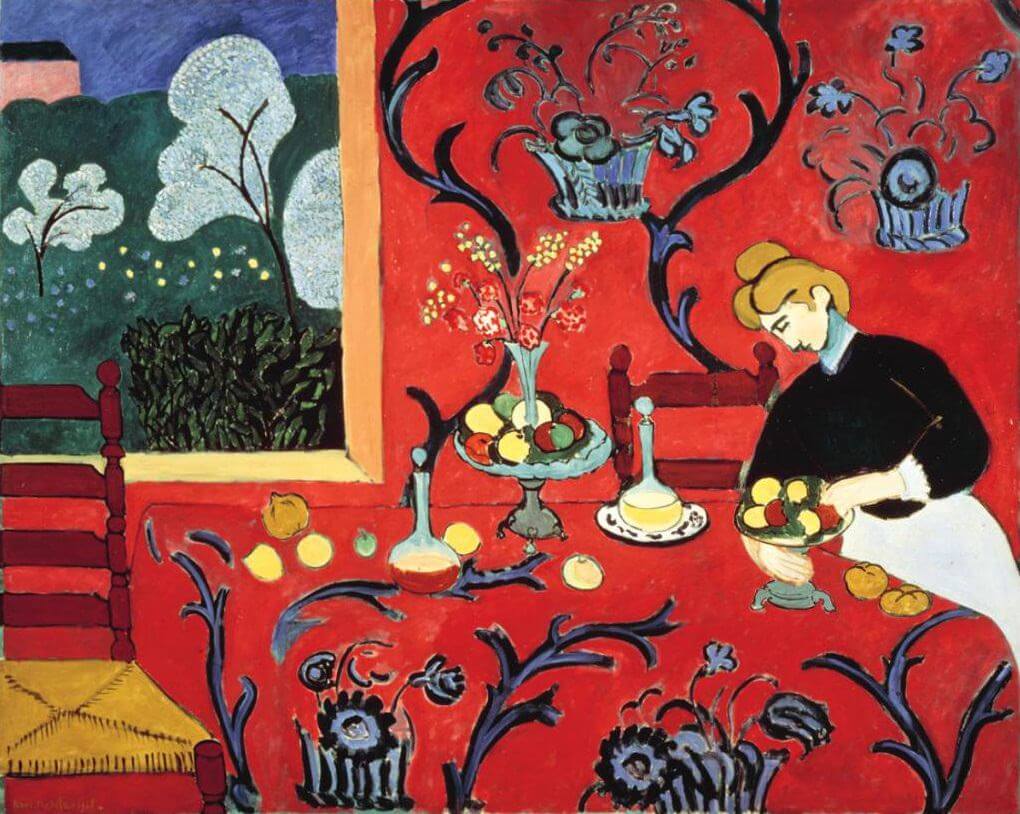
Travel in the footsteps of Henri Matisse in Morocco here!
Expressionism introduced a new standard to the creation and appreciation of art. It sought to produce work that came from within the artist, and expressed their inner-life, rather than depicting their outer reality. Expressionist artists used color and form – or their distortion – to convey intense feelings and anxieties.
In Expressionist art, the unnatural colors, distorted forms and portrayals of nature, aggressive brushstrokes, and nightmarish scenes, are meant to show a hostile modern world.
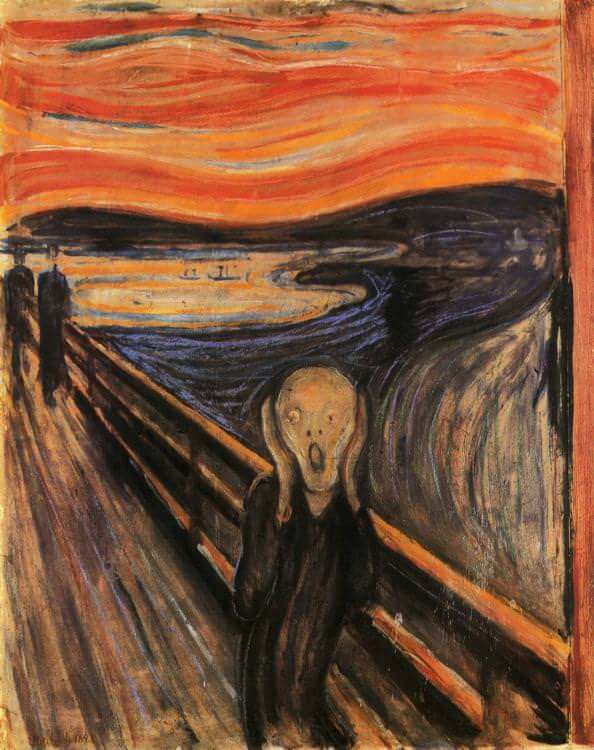
Expressionism was popular in the same time the first films were made. Read about the German Expressionism and horror movies!
Cubism began mainly with the work of Pablo Picasso and Georges Braque. It was another movement that revolutionized the way art was done as it represented a great stride towards abstraction. By reducing figures to their main constituent planes, and rejecting foreshortening and perspective, Cubists aimed to show different perspectives and points of view of the same object, in the same painting.
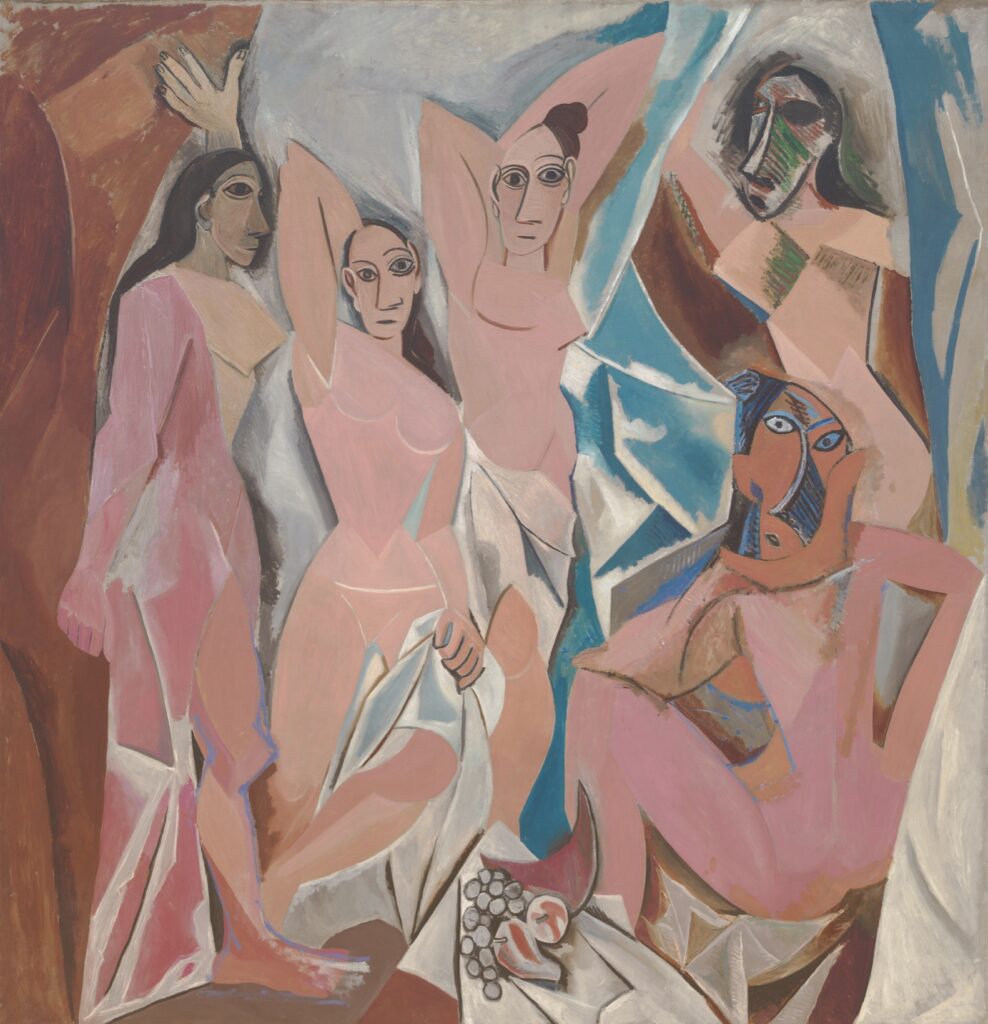
Tired of Pablo Picasso? Read about Natalia Goncharova, one of the most influential modern female artists!
Futurism was mainly an Italian movement that sought to capture the movement and dynamism of modern life. Particularly in Italy, the weight of the past was so heavy, that Futurism aimed to break free from it and jump into modernity.
In Futurism, objects are captured in motion, and the art itself is full of lines and spirals in repetition to convey dynamism. Modern objects like cars, street lights, speeding trains, steamships, frequently appear in paintings to convey that progressive attitude. War and industrialization were often glorified. The idea was to portray modernity and innovation.
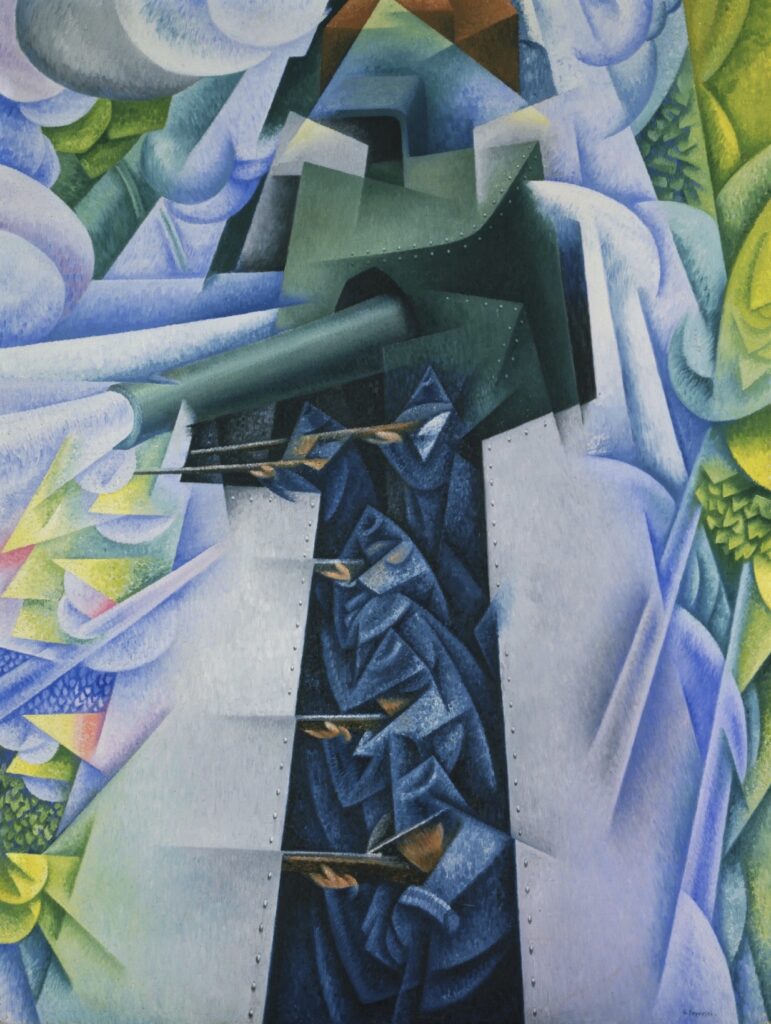
Here you will find everything you must know about the Manifesto of Futurism.
Several branches are included within this vast movement, such as Abstract Expressionism, Suprematism, Minimalism, Orphism, Op Art, Constructivism, De Stijl, and Bauhaus. Within these movements, we recognize artists like Joan Miró, Jesús Soto, Piet Mondrian, Wassily Kandinsky, El Lissitsky, Walter Gropius, Bridget Riley, and Jackson Pollock, among many others.
We have seen how art had been steadily moving toward a complete abstraction of form beginning from as early as Impressionism. The term abstract simply means, “to take out of something else,” meaning, the reduction of objects to their basic forms, essence, and colors.
Abstract art introduces a whole new visual language that is independent from any tangible references, and therein lies its importance. Abstract art invites the viewer to engage with the world and bring his or her complete experience into it. For the artist, it offers the prospect of creating something into the world that is utterly unique.
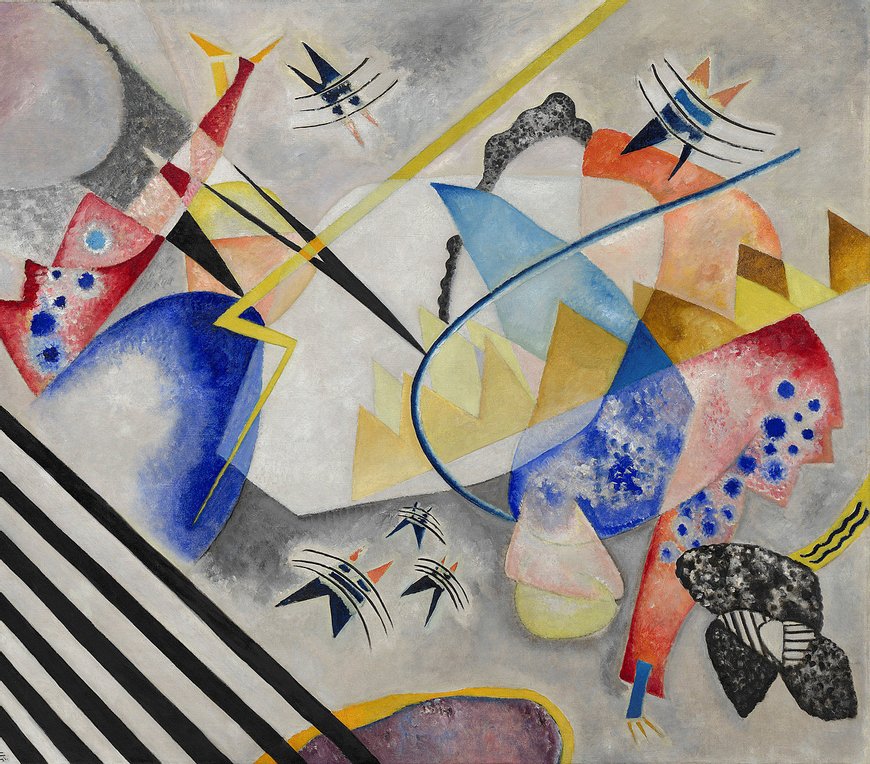
Have you heard of Joan Mitchell? It’s high time! She represented Abstract Expressionism among many other women.
The beginning of the 20th century was a time of great upheaval and change. Dadaism was born during World War I in Zurich, as a reaction to the atrocities of war.
The movement got its name when artist Richard Huenselbeck and poet Hugo Ball came upon the word in a French-German dictionary. It means “yes, yes” in Rumanian, and “rocking horse” in French. An interesting, nonsensical name that fit the movement perfectly given the satirical, irreverent, and reactionary nature of its works.
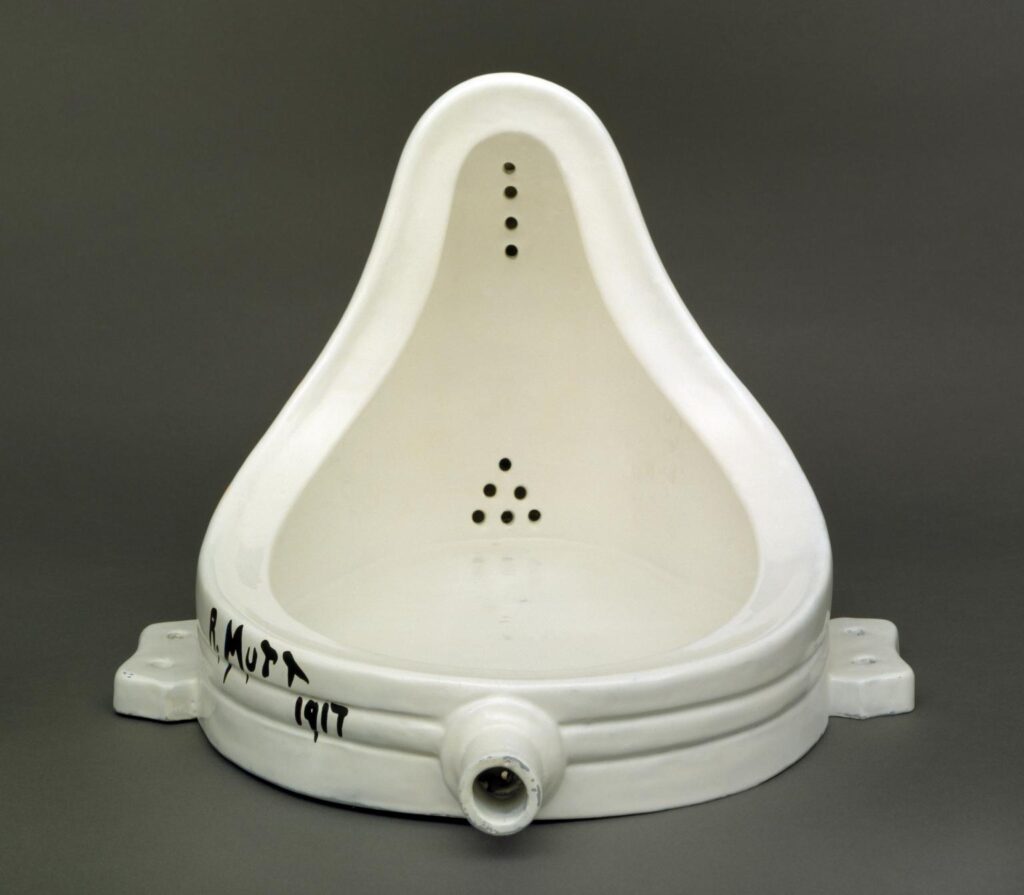
Get to know here which of Duchamp’s artworks are considered most scandalous.
The word “Surrealist,” a term that suggests the idea of something beyond reality, was coined by the French poet Guillaume Apollinaire. Surrealism, like Symbolism, also looked inside, searching within the subconscious and rejecting the rational life, delighting in the unexpected and the uncanny. In Surrealism, however, sometimes the symbols are used in a nonsensical, humorous, rather incoherent manner that would never have occurred in Symbolist art.
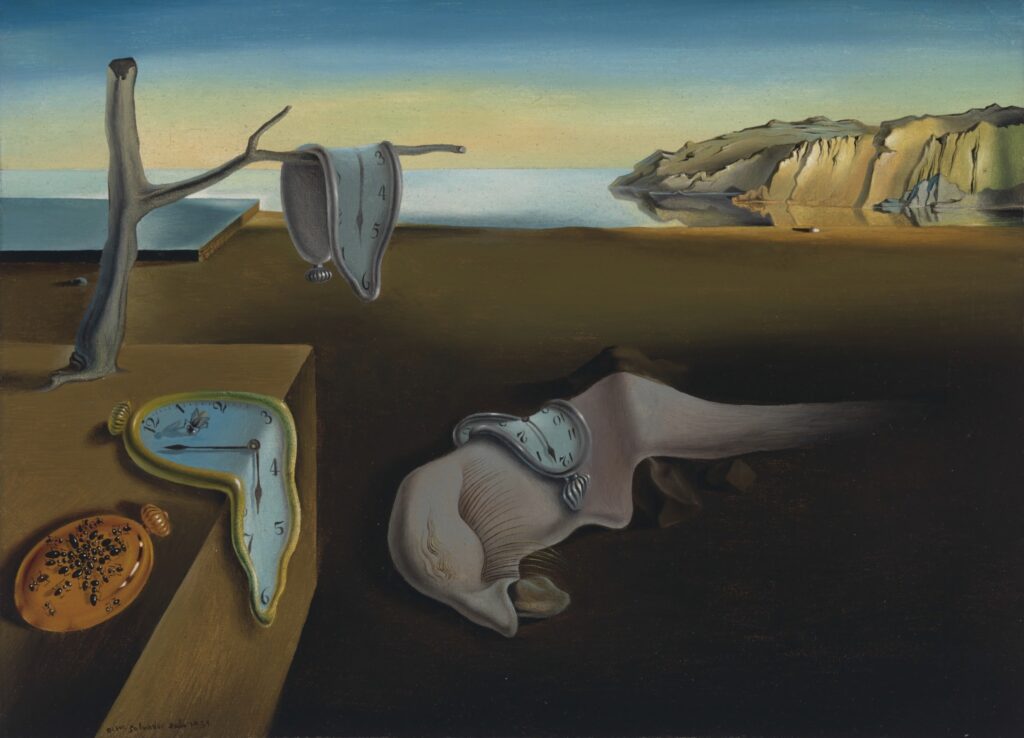
Get to know more about a woman Surrealist artist Leonor Fini.
Art Deco flourished in the period between the two World Wars. It was propelled by the wish of a society that was desperate for pleasure after the privations and the terror of war, and who wished to embrace modernity in all its forms.
Art Deco is characterized by sleek, modern lines, geometric motifs, sunburst patterns, sweeping curves, and, particularly in architecture, the use of modern materials pursuing a design that was glamorous but functional.
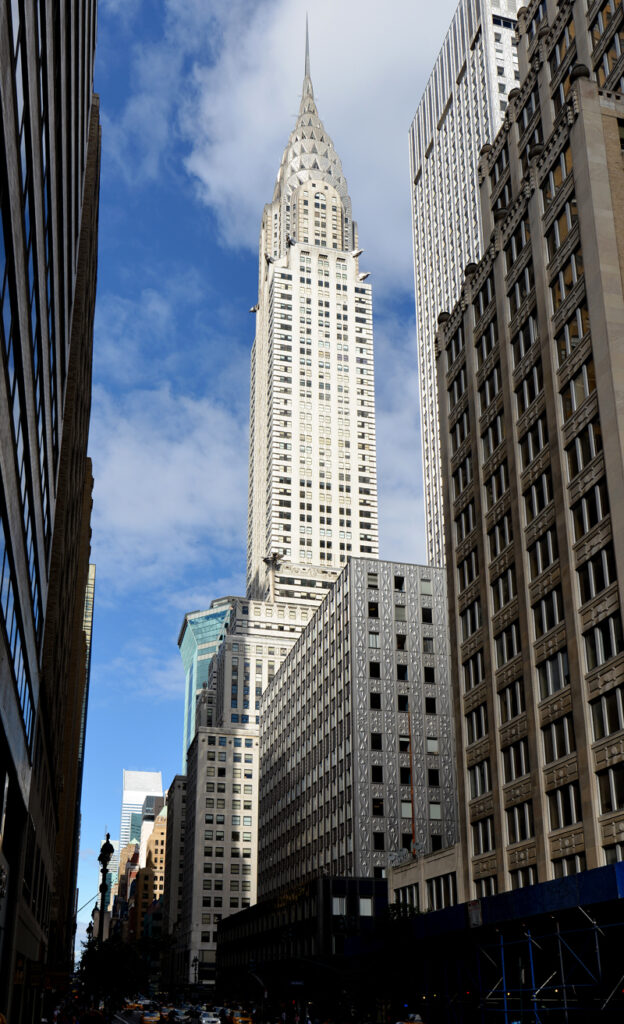
Read about the iconic Art Deco feminist, Gerda Wegener!
Pop Art reached its peak in the 1950s, and it sought to glorify popular culture, revolting against the traditional approaches to art and what art should be.
Pop Art focused on the use of recognized images of mainstream media, bright colors, collage, with the object of satirizing the status quo or making a statement about current events.
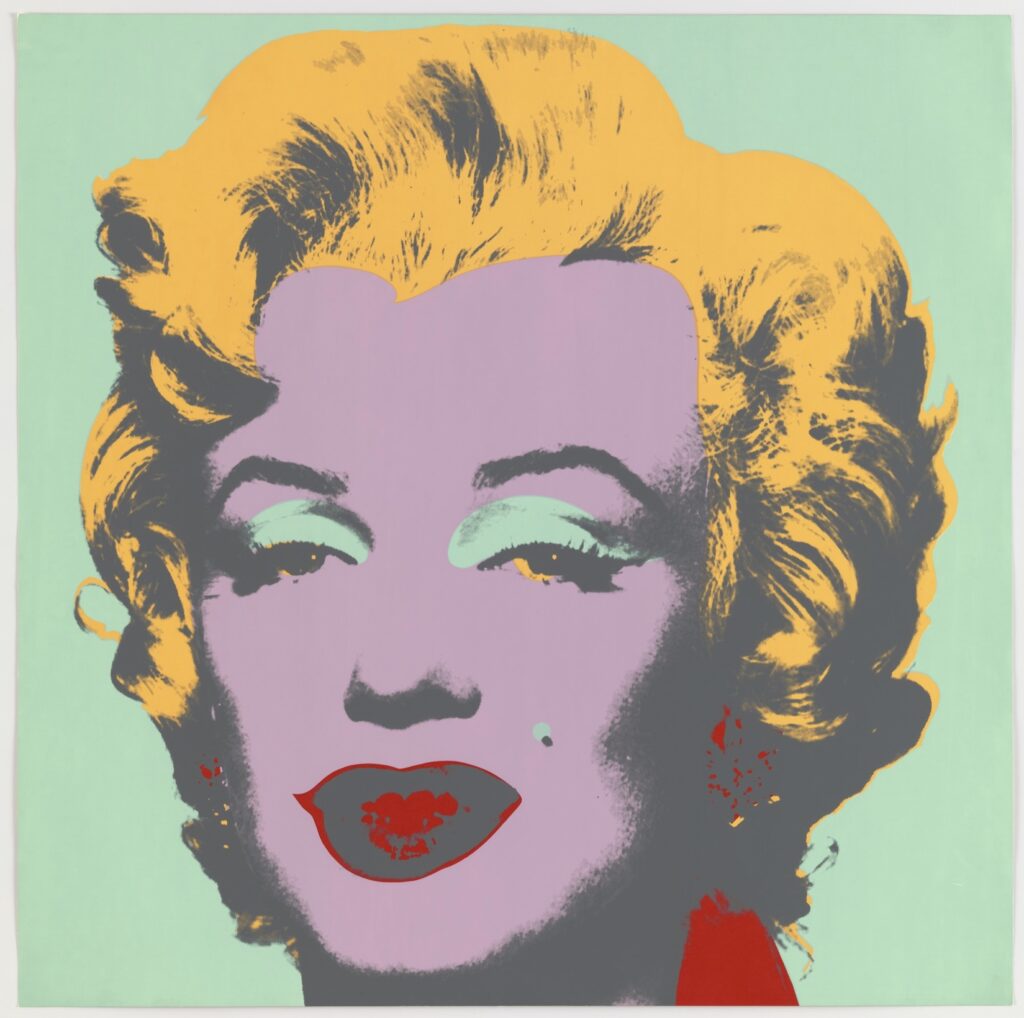
Did you know that the famous The Velvet Underground & Nico banana cover was designed by Andy Warhol? See it here!
As we move closer to our own time, it becomes very difficult to establish movements or definitions for what artists in our day are doing, and to what they are responding to. Contemporary art varies greatly, as befits the pace of our contemporary world. Movements like Conceptual Art, Photorealism, Earth Art, and Street Art, are all happening, seemingly, at once. It is because our world is in constant change. Developments in technology, communications, science, and all of the other disciplines, occur daily. And all of these changes affect us personally and profoundly, and therefore they affect our art.
Paul Cézanne said:
To my mind one does not put oneself in place of the past, one only adds a new link.
As we seek to match the pace of our changing world, let us look into the past for understanding and inspiration, and move forward with confidence and hope for the future.
DailyArt Magazine needs your support. Every contribution, however big or small, is very valuable for our future. Thanks to it, we will be able to sustain and grow the Magazine. Thank you for your help!